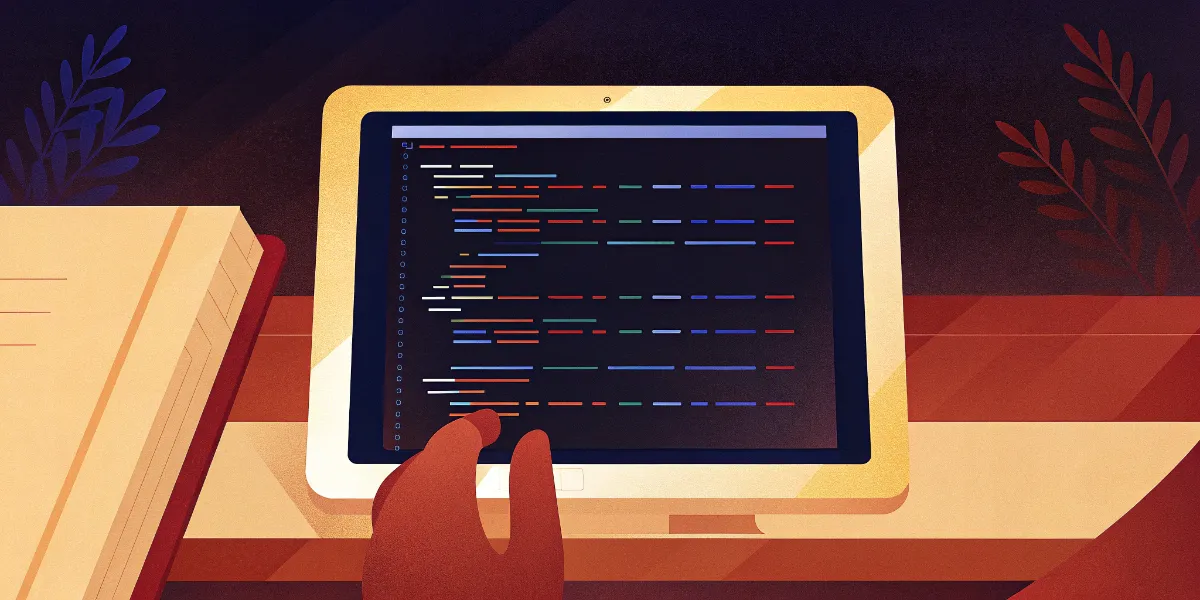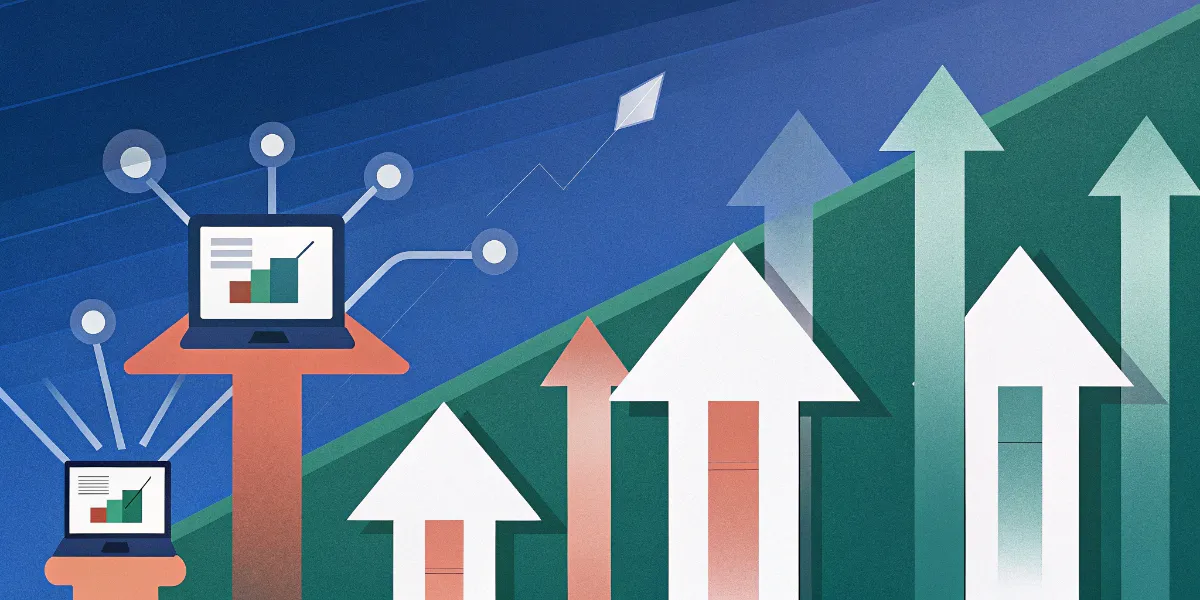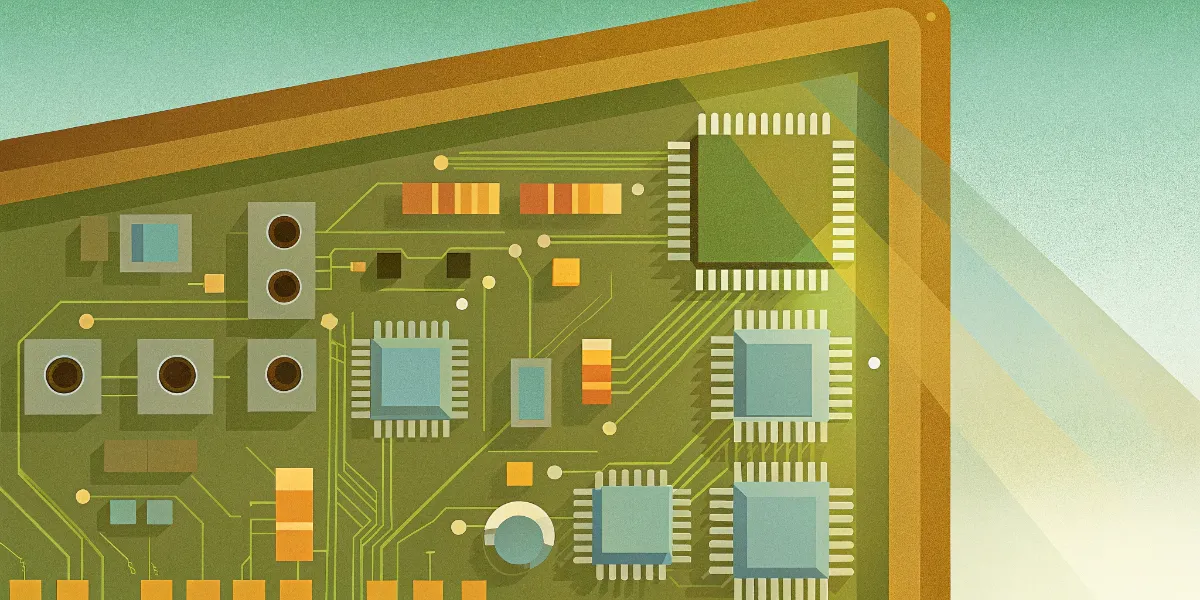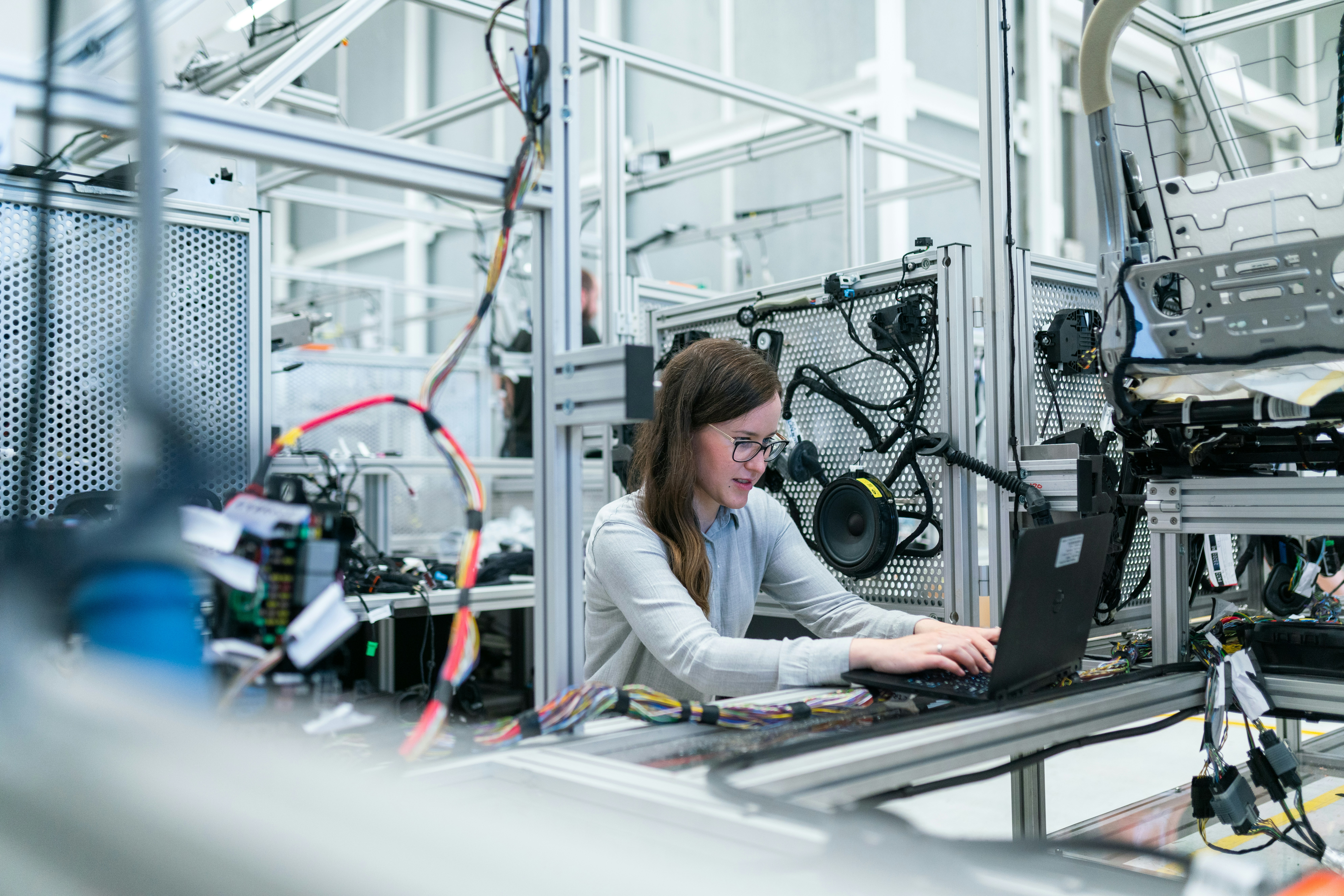Explore the evolving landscape of Large Language Models (LLMs), OpenAI's strategies to maintain its competitive edge, and the rise of Anthropic and open-source AI.
OpenAI's AI Domination: Can They Stay on Top? GPT-4.5, Claude, and the Open-Source Revolution
Okay, folks, let's talk AI! Specifically, the wild, rapidly evolving world of Large Language Models (LLMs). Think of them as the brains behind your favorite chatbots, coding assistants, and even those AI-powered image generators. Right now, OpenAI is kind of like the king of the hill, but there are some serious contenders nipping at their heels, like Anthropic's Claude and a whole army of open-source LLMs. Are they going to get knocked off their throne?
This isn't some abstract tech battle, either. This stuff affects everyone – from businesses looking to automate tasks to developers building the next big thing. So, let's break down what's happening, who the players are, and what the future might hold. We're talking OpenAI's latest moves, Anthropic's strengths, and the growing power of open-source AI. Buckle up; it's gonna be a fun ride!
Caption: The AI landscape is changing fast, and developers are on the front lines.
OpenAI's New Arsenal: GPT-4.5 and Beyond
OpenAI isn't sitting still. They've been busy cooking up some new models designed to stay ahead of the game. Let's take a look at some of their recent releases:
o3 and o4-mini: The Reasoning Powerhouses (Released April 16, 2025)
Think of these as OpenAI's answer to super-smart problem-solving. The o3 model is their most powerful reasoning model to date, excelling at things like:
- Coding: Writing and debugging code like a pro.
- Math: Crunching numbers and solving complex equations.
- Science: Analyzing data and making scientific inferences.
- Visual Perception: Understanding and interpreting images.
Basically, it's designed to take on complex analytical tasks that businesses need for things like data analysis and problem-solving. What's really cool is that o3 can use all the tools within ChatGPT, including web browsing, Python code execution, and even image generation. It can even "think with images," which is a major step forward.
o4-mini is the smaller, faster, and more cost-effective version. It still packs a punch when it comes to reasoning and visual understanding, but it's designed for high-volume applications where speed and budget are key. This makes it a strong competitor to open-source LLMs.
GPT-4.1: The Coding Champion (Introduced April 14, 2025)
The GPT-4.1 family is all about coding and following instructions, and it has a huge context window of one million tokens. That means it can handle massive amounts of code and information. The GPT-4.1 family consists of GPT-4.1, GPT-4.1 mini, and GPT-4.1 nano
- Context Window: A massive 1 million tokens, rivaling Claude.
- Coding Performance: Outperforms previous OpenAI models on coding benchmarks. GPT-4.1 beats both GPT-4o and GPT-4.5.
- Cost-Effectiveness: Lower costs and reduced latency, especially in the
miniandnanovariants.
This is a direct shot at Anthropic's Claude, which has been known for its long context capabilities. GPT-4.1 is particularly attractive to developers working with large codebases.
GPT-4.5: The Chat Master (Released February 27, 2025)
This model is all about conversational AI. It's designed to be the "largest and best model for chat," focusing on unsupervised learning to understand patterns and generate creative insights. Early testers say it feels more natural to interact with, thanks to its broader knowledge base and improved understanding of user intent (think: better "EQ"). Plus, it's got strong performance in writing, programming, and problem-solving, with fewer hallucinations (those times when the AI makes stuff up).

Caption: OpenAI is focusing heavily on improving coding capabilities in their models.
The Open-Source Uprising: A Force to Be Reckoned With
While OpenAI and Anthropic are battling it out with their proprietary models, a whole ecosystem of open-source LLMs is emerging. These models are free to use, customize, and improve, making them a powerful alternative for many users. Here are a few key players:
- DeepSeek R1: Excels in math and coding, competitive with OpenAI's
o1model. - Meta's Llama 3: A family of models with strong general knowledge, reasoning, and coding skills.
- Mistral AI's Mistral Large 2: A multilingual model with strong reasoning, coding, and agentic capabilities.
- Alibaba's Qwen 2.5: Includes specialized versions for math and coding, strong in multilingual tasks.
- Google's Gemma 2: Optimized for reasoning, summarization, and question answering.
- Microsoft's Phi-4: A small-scale model with impressive reasoning and coding abilities.
The rise of open-source LLMs is a big deal because they:
- Lower the cost of entry: Making AI more accessible to everyone.
- Offer greater flexibility: Allowing users to customize the models for their specific needs.
- Foster collaboration: Encouraging community-driven innovation and security audits.
These models are putting pressure on OpenAI and Anthropic to justify their costs and demonstrate superior value.
OpenAI vs. Anthropic: A Head-to-Head Comparison
So, how do OpenAI and Anthropic stack up against each other? Let's break it down:
OpenAI's Strengths:
- Market Presence: Huge user base thanks to ChatGPT.
- Diverse Portfolio: Models for reasoning, chat, and cost-optimized applications.
- Strong Performance: Consistently performs well on benchmarks, especially in coding and general knowledge.
- Broad Integration: Integrated with many applications and platforms.
Anthropic's Strengths:
- Ethical AI: Strong focus on safety and harmlessness.
- Long Context Windows: Models like Claude 3.7 Sonnet can handle large amounts of text.
- Coding Performance: Claude 3.7 Sonnet demonstrates very strong coding skills.
- Writing Style: Many users find Claude's writing style more natural and human-like.
Key Feature Comparison:
| Feature | OpenAI | Anthropic Claude |
|---|---|---|
| Context Window | Up to 1M tokens (GPT-4.1) | Up to 200K tokens (Claude 3.7 Sonnet) |
| Multimodality | Yes (GPT-4o, GPT-4.1) | Limited |
| Ethical AI Focus | Improving | Strong |
| Coding Performance | Strong | Very Strong (Claude 3.7 Sonnet) |
| Writing Style | More varied | More natural |
| Pricing (1M tokens) | Input $2 / Output $8 | Input $3 / Output $15 |

Caption: The battle between OpenAI and Anthropic is heating up.
The Windsurf Acquisition: OpenAI's Big Bet on Developers
Rumor has it that OpenAI is looking to acquire Windsurf (formerly Codeium), an AI-powered coding tool, for a cool $3 billion. If this goes through, it would be OpenAI's biggest acquisition ever, signaling a serious commitment to the developer market.
Why Windsurf?
- AI-Powered IDE: Provides intelligent code completion, bug detection, and a collaborative AI coding agent.
- Direct Competition: Allows OpenAI to compete with Anthropic's Claude Code and Microsoft/GitHub's Copilot.
- Revenue Stream: Windsurf has an existing user base, including enterprise clients.
This acquisition could give OpenAI a major boost in attracting developers and driving adoption of its LLMs.
The Future of LLMs: What to Expect
Experts agree that the LLM market is going to continue to grow rapidly. Here are some key trends to watch out for:
- Multimodality: Models that can understand text, images, audio, and video will become increasingly important.
- Advanced Reasoning: Demand for models that can solve complex problems and perform autonomous tasks will increase.
- Open-Source Dominance: Open-source LLMs will continue to gain ground, impacting pricing and market share.

Caption: The LLM market is poised for continued growth and innovation.
Can OpenAI Stay on Top?
OpenAI has a lot going for it: a strong brand, a diverse portfolio of models, and a history of innovation. But the competition is fierce. Anthropic is making strides in ethical AI and long context capabilities, and the open-source community is offering compelling alternatives.
To stay ahead, OpenAI needs to:
- Keep Innovating: Continue to release new and improved models.
- Make Strategic Acquisitions: Like the potential Windsurf deal, to expand its product offerings.
- Offer Competitive Pricing: To compete with open-source options.
- Focus on Specific Market Segments: Tailor its models to meet the needs of different industries.
- Build a Robust Ecosystem: Make it easy for developers to build and deploy AI applications.
The battle for AI dominance is just beginning, and it's going to be fascinating to watch.

Caption: The underlying technology of LLMs is constantly evolving.

